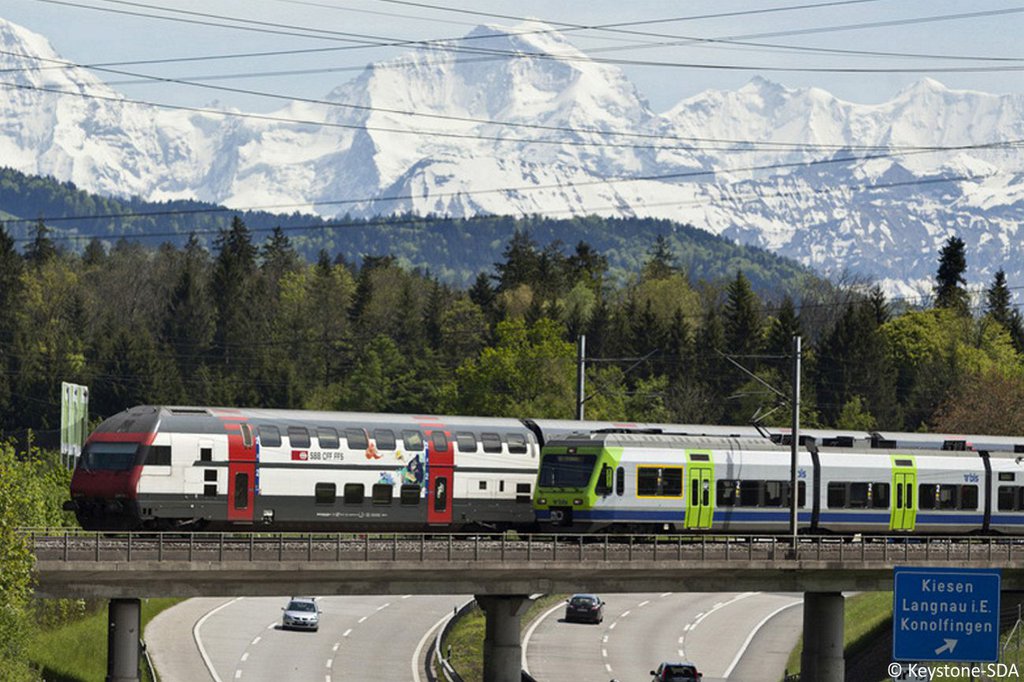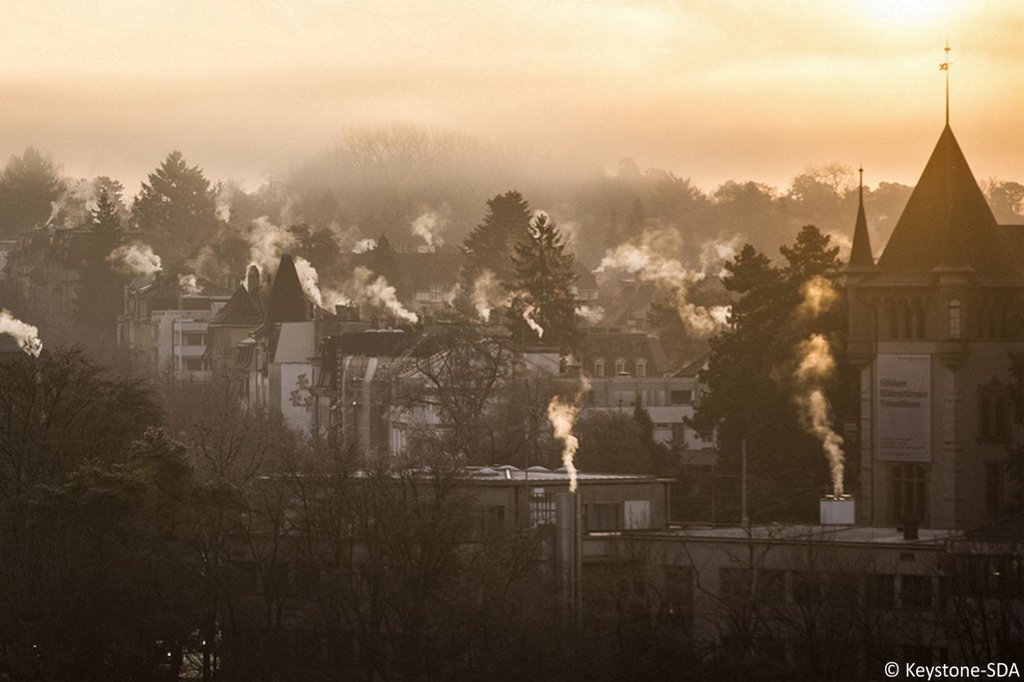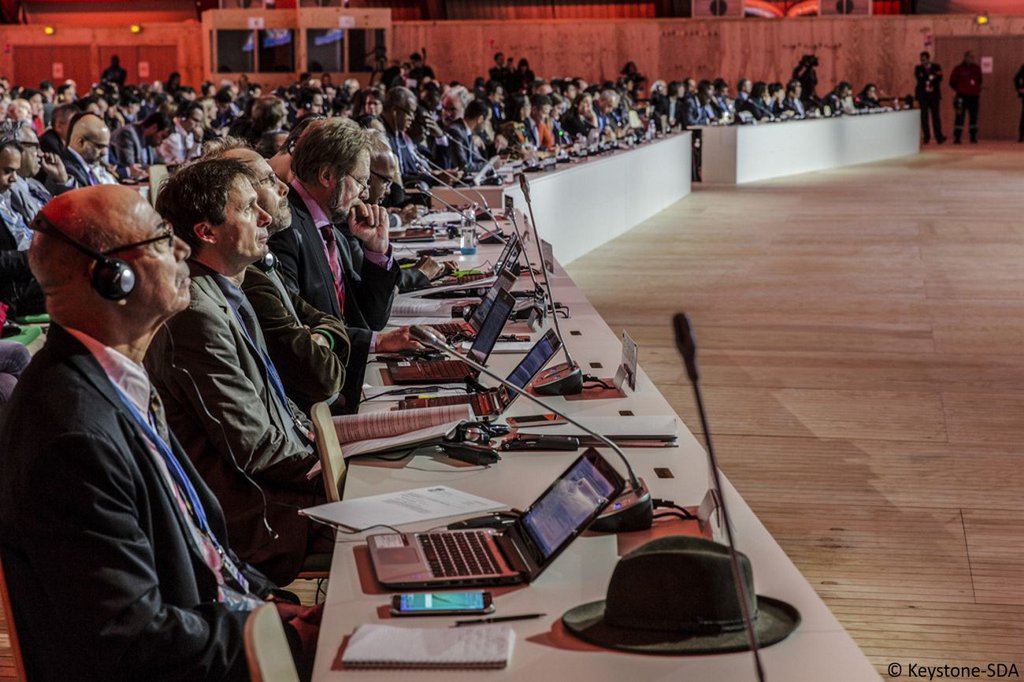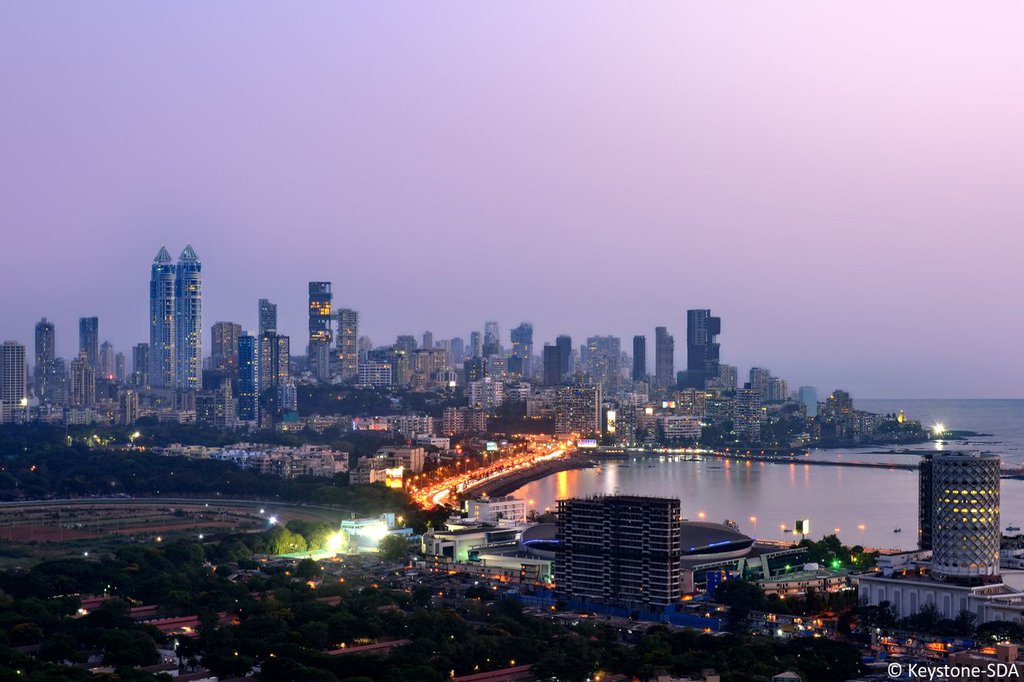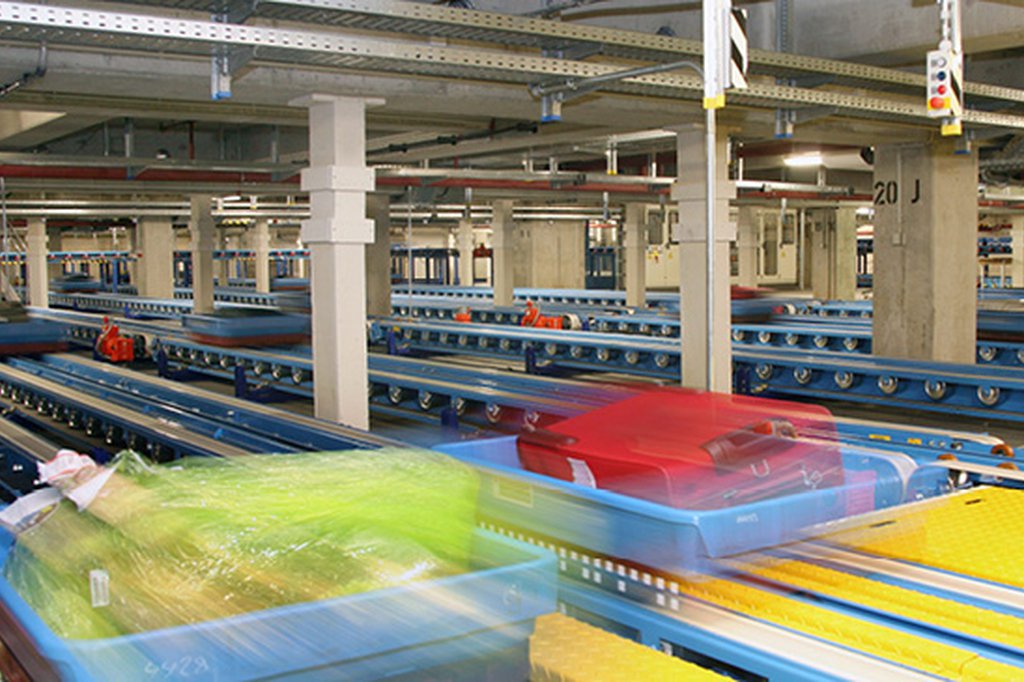Liechtenstein's Greenhouse Gas Emissions from 1990 to 2015
News, Environment and Climate | June 9, 2017
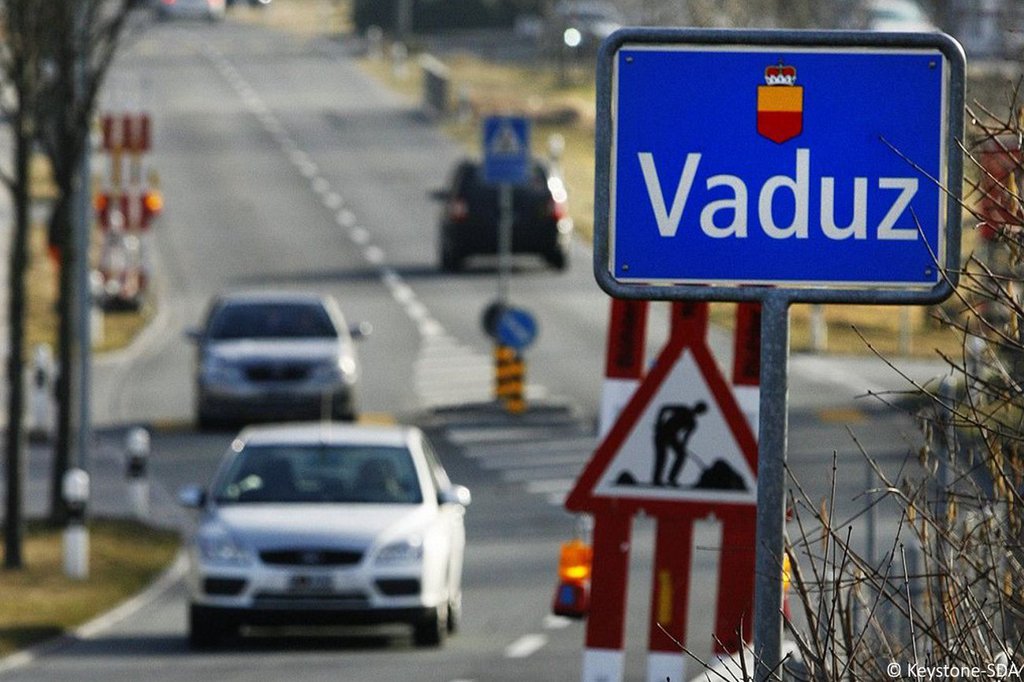
What was the development regarding greenhouse gas emissions in Liechtenstein? Being a member state of the United Nations Framework Convention on Climate Change (UNFCCC), the Principality has committed to annually disclose the corresponding figures. The 'National Inventory Report' shows: In comparison to 1990, the annual greenhouse gas emissions in 2015 were reduced by 13 percent.

